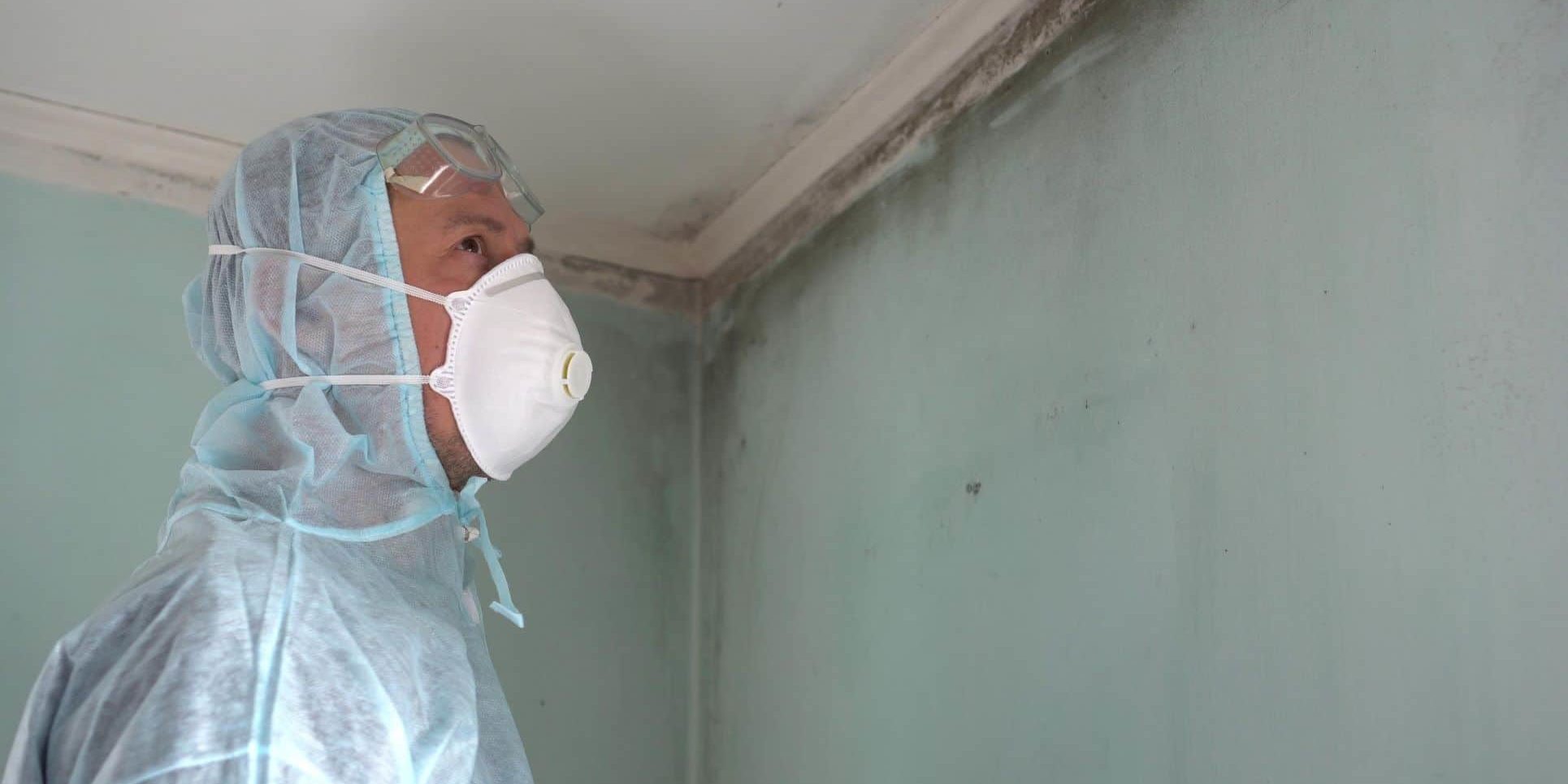One of the silent problems that causes health problems for many people is the presence of mold or mildew in the home. Mold is really hard to get rid of once it takes hold, so it’s important that if you find it growing, you take steps immediately to remove it. Moisture in the basement, attic, kitchen or bathroom creates an ideal place for mold or mildew to grow and spread. If left untreated, it can ruin furniture, fabric and walls. It can also trigger allergic reactions and other physical illnesses in family members.
Battling mold growth is an ongoing challenge, but there are a few helpful steps homeowners can take to keep their living spaces free of this annoying fungus:
Find the cause of any moisture build-up or leak
To find leaks and moisture build-up, look over the entire house frequently. Be sure to look in places that do not see much foot traffic. For example, closets, empty rooms and corners are all places homeowners should check. Cracks, crevices and folds of drapes are common hiding places for mildew. If there is moisture, find out where it is coming from.
After finding a leak, patch it up immediately
Leaks that originate outdoors should be treated when the house is dry. Windows, roofs and exterior cracks should be fixed as quickly as possible. When improper ventilation is found to worsen the problem, consider purchasing air conditioning units, exhaust fans or dehumidifiers. If necessary, install extra insulation.
Remove mold or mildew from any surfaces
If there is mold in the carpet, vacuum it up. When doing this, use the brush attachment. But this may not be the best way to clean mold if the vacuum itself is difficult to clean. Many newer bag-free models are easy to clean, but older vacuums with bags may hold smells for a long time. Another option is to use a stiff brush to remove mold from carpeted surfaces.
Clean the affected area well
Bleach is the best chemical to use for battling mold and mildew. After cleaning away the fungal growth, use a solution of one-fourth cup of bleach to one gallon of water. Never use hot water with bleach. While cleaning, be sure to wear rubber gloves. Use a sponge, mop or spray bottle to distribute the solution throughout the affected area. Finally, rinse the surface with fresh cool water. Set up fans to dry the area thoroughly.
Use mold-resistant paint
After cleaning mold or mildew from a wall, it is best to paint over the area. Choose a mold-resistant paint to prevent future incidents. This paint can be found at any major home improvement store or paint retailer. There are also some mold-resistant wood stains available.
Air out moldy furniture and fabrics
Furniture, upholstery and drapes that cannot be put in the washing machine should be put outside to air out. Sun exposure will also help, so try to leave them out during the brightest hours of the day.
Wash fabrics to remove mold or mildew
Any clothing, curtains, bedding or other fabrics that have mold or mildew should be washed in hot water. Use laundry bleach in the wash cycle. Be sure to follow each item’s washing instructions. If it cannot be washed in hot water, take it to a professional cleaning company that specializes in mold removal.
The best bet for battling mold or mildew is proper preventative techniques, including:
- Making sure to keep the house properly ventilated at all times.
- Regularly washing rugs, towels and other items that get wet. After using bath rugs, hang them on towel racks or over the shower to prevent mildew buildup on the bottom surface.
- If bathrooms or rooms frequently exposed to moisture have carpet, consider replacing the carpet with tile.








